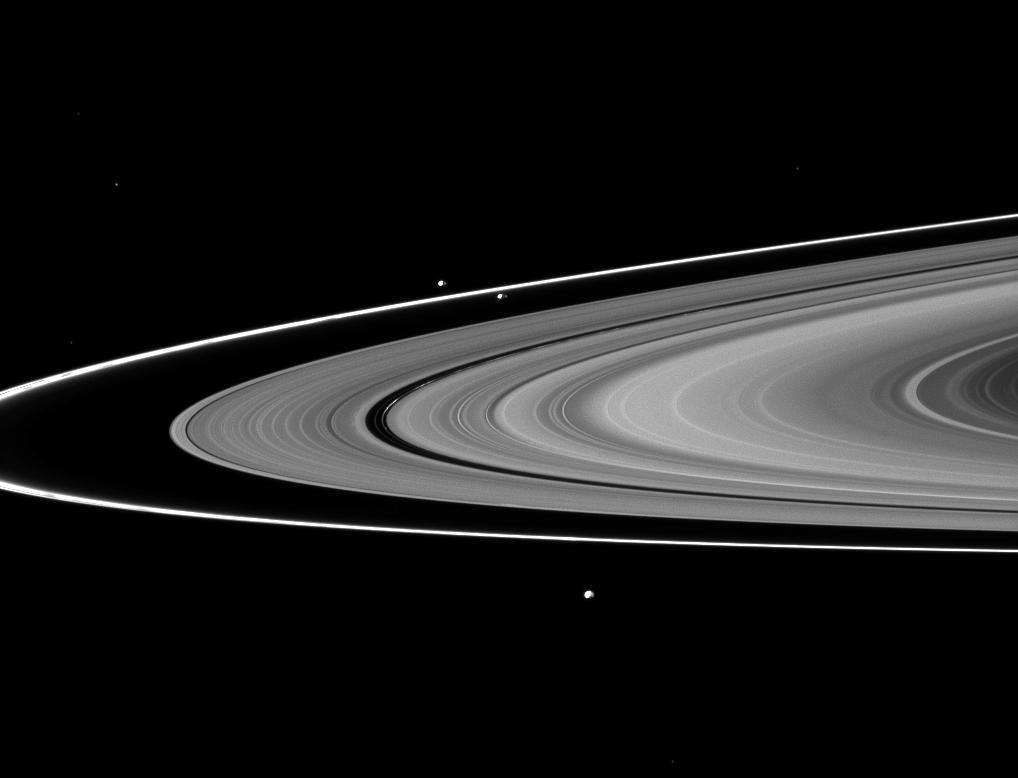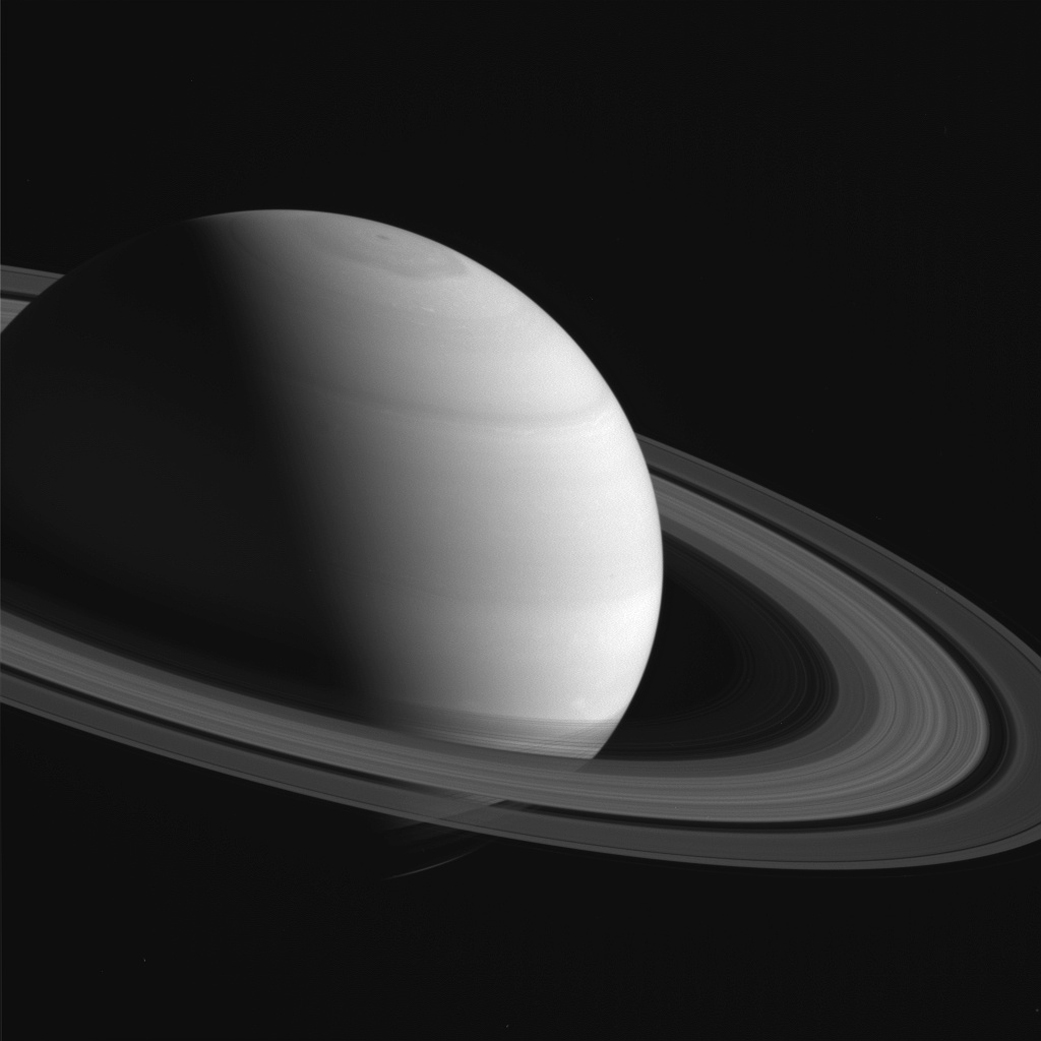
Curious Kids: What are the rings around planets made of?

This article was originally published at The Conversation. The publication contributed the article to Space.com's Expert Voices: Op-Ed & Insights.
Maggie Lieu, Research Fellow, School of Physics and Astronomy, University of Nottingham
What are the rings around planets made of? — Vihan, aged five, Chennai, India
Lots of us are familiar with pictures of the planet Saturn and its unmistakable ring. In fact, Saturn doesn't have just one ring — if you look through a telescope, you will see that Saturn actually has at least eight rings. This is called a ring system.
Saturn is not the only planet with rings. Jupiter, Neptune and Uranus all have ring systems too, but their rings are smaller, dimmer and more difficult to see.
Related: Saturn's glorious rings up close

These rings are formed of billions of small particles orbiting close to their planet. However, what these particles are made of can vary from planet to planet. Even rings in the same ring system can be made of different things.
Get the Space.com Newsletter
Breaking space news, the latest updates on rocket launches, skywatching events and more!
Radio waves
We can start to get an idea of what these particles are made of by working out how big they are and how heavy they are. One way of doing this is with a technique called radio occultation.
Objects in space with changing magnetic fields — such as planets or even space satellites — produce radio waves. As they pass through the rings around planets, these radio signals are affected in different ways by the particles in the ring, depending on the size of the particles and how heavy they are. If the radio signals show that the particles are heavy, they might be made of a material such as iron. Less heavy particles might be made of a less dense material, such as aluminum.
We can also measure how reflective the particles are to help work out what they are made of and what state they are in — such as whether they are liquid or solid. Water can come in different states: it can be liquid, but it can also be solid as ice or snow. Ice is more reflective than water, and snow is extremely reflective — more so than ice or water. Thanks to measurements like this, we know that Saturn's ring particles are mostly made up of water ice.

Jupiter's ring system is made up of fine dust particles, but these are not water ice particles like Saturn. Instead the particles are likely to be rocky, made up of similar materials as asteroids and rocky moons.
Although what Uranus' rings are made of is still unknown, they are dark and not very reflective. This suggests that they are not made of water ice. Instead, they may be dust particles made from carbon or containing carbon like charcoal.
Neptune's rings are even darker than those of Uranus, and the density suggests that they are made of even finer dust. This is likely to be some kind of carbon or a source of carbon such as methane ice.
Measuring light
In order to get more detailed information about what rings are made of, scientists examine the light that the particles emit. We do this by splitting the light up into a rainbow, just like how rain droplets split sunlight up into a rainbow. This rainbow is called the spectra, and it can tell us detailed information about the color of the particles and what they are made of. At the moment, Saturn is the only planet for which we have high resolution spectra that can tell us about its rings.
Measuring the spectra of Saturn's ring particles shows us that as well as water ice, they also contain iron and organic material known as tholins, which give them a slight red color. Some of these particles may be as small as a grain of sand but others are as large as a double-decker bus.
A new telescope, called the James Webb Space Telescope, will soon help us take a more detailed look at these ring systems and measure their spectra to find out more about what exactly they are made of. It's possible that with this new telescope, we will even find rings around moons, not just planets.
When sending in questions to Curious Kids, make sure you include the asker's first name, age and town or city. You can:
- email curiouskids@theconversation.com
- tweet us @ConversationUK with #curiouskids
- DM us on Instagram @theconversationdotcom
This article is republished from The Conversation under a Creative Commons license. Read the original article.
Follow all of the Expert Voices issues and debates — and become part of the discussion — on Facebook and Twitter. The views expressed are those of the author and do not necessarily reflect the views of the publisher.
Join our Space Forums to keep talking space on the latest missions, night sky and more! And if you have a news tip, correction or comment, let us know at: community@space.com.









